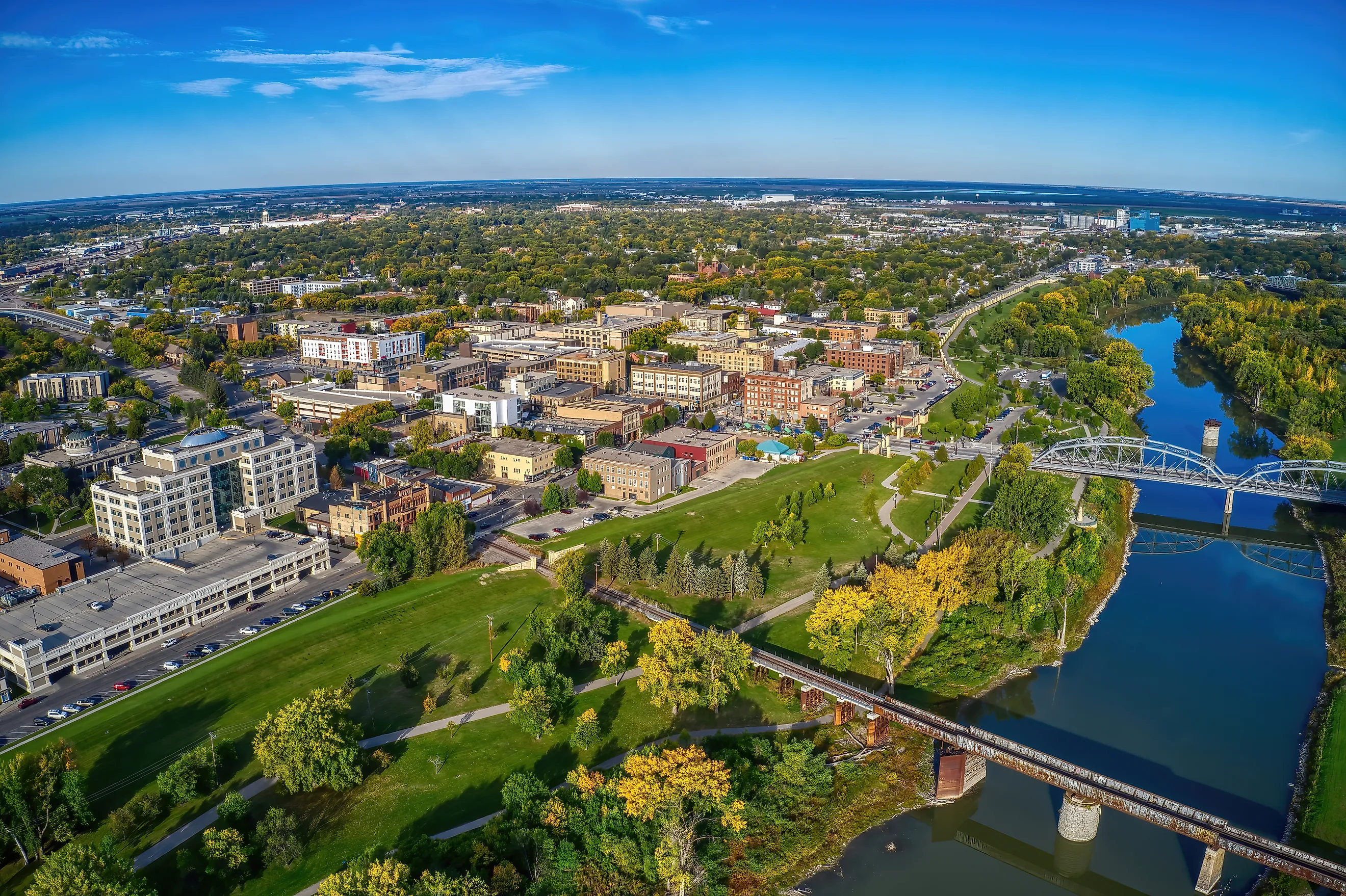24/7 Helpline:
(866) 899-221924/7 Helpline:
(866) 899-2219
Learn more about Inpatient Rehab centers in Flasher

Other Insurance Options
Beacon

Amerigroup

Horizon Healthcare Service

Magellan Health

Medical Mutual of Ohio

Excellus

WellPoint

Optum

Absolute Total Care

Magellan

Covered California

State Farm

Regence

Access to Recovery (ATR) Voucher

Ambetter

EmblemHealth

Sliding scale payment assistance

Multiplan

Choice Care Network

Sutter












